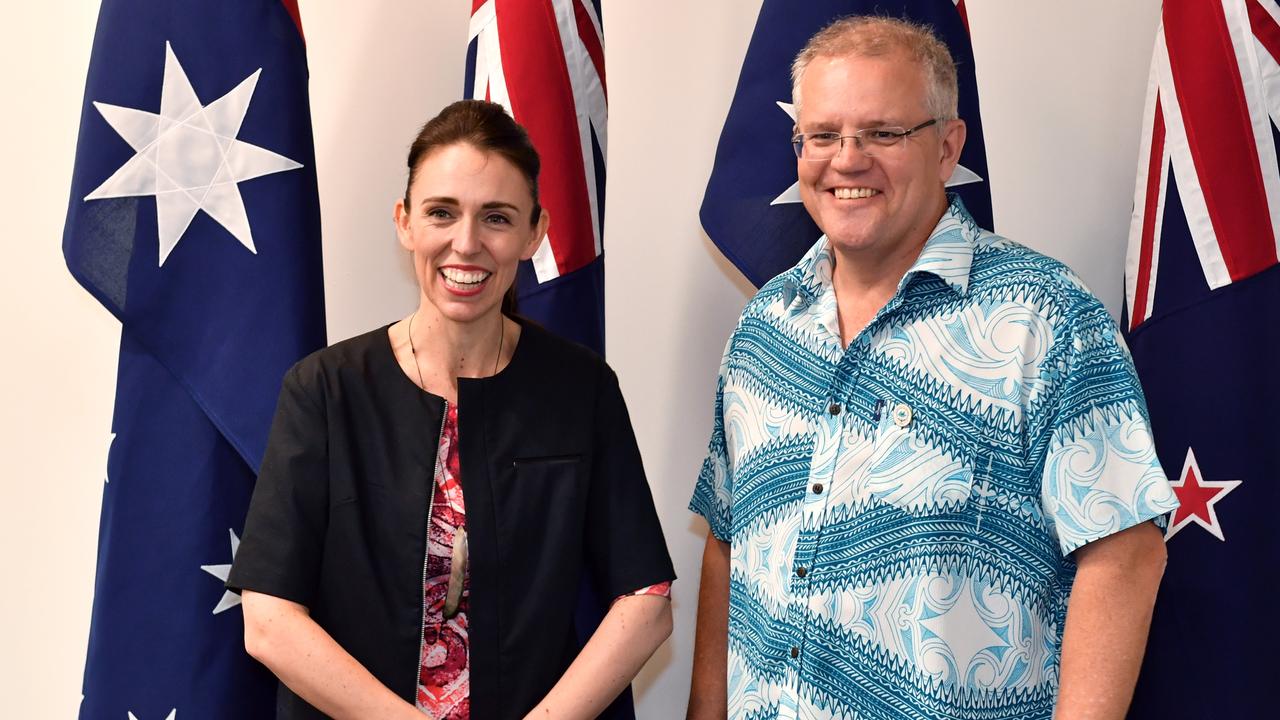IT may be tempting to dismiss the ACT election result as akin to a small-town municipal election with no implications for national politics. But given the clear signals for Labor, the Coalition and the Greens, this would be wrong.
The Liberals' style of campaigning bore all the hallmarks of Tony Abbott's national leadership. The party should have won a crushing victory at a time of national Labor decline, but it couldn't even outpoll the ALP.
The countrywide trend against Labor governments since 2010 has been reversed. The Greens continue to perform poorly and seem all but finished as a significant political force.
Although counting continues, Labor increased its vote and achieved the most votes of any party with 39.1 per cent and held all seats. The Liberals received a swing of 6.4 per cent, winning 38 per cent of the vote and two additional seats. The Greens recorded a dismal 11 per cent of the vote, down from 15.6 per cent in 2008, and lost two seats.
The likely make-up of the 17-member Legislative Assembly will be seven seats for Labor, eight for the Liberals and two for the Greens.
It is expected that Labor will remain in government with support from the Greens.
The Liberals' poor performance should be a concern for the federal party. They faced an 11-year-old Labor government at a time when Labor trails the Coalition everywhere else in the nation. They should have won in a cakewalk. The result exposes the risk in Abbott's aggressive, negative and largely policy-free bid for the prime ministership.
Liberals are branding the ACT as a Labor heartland where they never had a chance of winning. This is rubbish. Labor has generally done well in the ACT, but not always. There have been several minority Liberal governments. The Liberals have held one of the two ACT Senate seats since 1975. They have won the federal seat of Canberra three times.
In 1995, when federal Labor was last in office, the ACT Liberals smashed Labor. At the election that year, the Liberals achieved an 11.5 per cent swing to win 40.5 per cent of the vote to Labor's 31.6 per cent. The Liberals held seven seats to Labor's six. Given Labor's disastrously low standing at the national level, this election should have seen ACT Labor demolished.
Clearly, Liberal leader Zed Seselja is no Kate Carnell, who led the Liberals in 1995.
The trend has been with the conservative side of politics since federal Labor limped back into office in 2010. In the past two years, Labor has lost government in the Northern Territory, Queensland, NSW and Victoria. The ALP has governed in the national capital for the past 11 years. An "it's time" factor should have assisted the Liberals, but they failed to capitalise on this.
While it is true that the ACT's Hare-Clark election system is absurdly complex - a single legislature made up of 17 members from three seats elected via proportional representation - and tends to produce minority government, this is not an excuse for the Liberals. Indeed, in what some might call a gerrymander, the Liberals achieved a lower vote but won more seats than Labor.
Katy Gallagher, who became Chief Minister last year, is one of the most popular political leaders in the country. It was foolish of the Liberals to target her personally with a scare campaign on health. ALP polling and published polling shows that Gallagher is overwhelmingly liked, respected and trusted among voters.
The Liberal campaign was a proxy for Abbott's approach at the federal level. They sought to energise voter opposition to Labor by running scare campaigns on cost-of-living pressures, huge tax increases and concern over crime.
Seselja was caught between leading a flawed negative attack against Labor while trying to promote positive, but generally threadbare, policies. The Liberal campaign tried to promote him as a leadership alternative to Gallagher, but this also fell flat, given the respect she has in the electorate.
The Greens also had a terrible result. Their vote fell by a third and the number of seats they held has halved. Worse, this is not an isolated catastrophe for the Greens; it is now part of a seemingly inexorable and unstoppable decline. National Greens leader Christine Milne, who campaigned in the ACT, must share some of the blame.
It has been a dreadful year for the Greens. Their vote fell in the Queensland and Northern Territory elections. They failed to win or perform strongly in key by-elections held in South Australia, Victoria and NSW. Last month, the Greens were devastated at local government elections across NSW, losing many councillors in the face of huge swings against them.
The Greens look like a spent force. A party that small is simply dying if it is not growing. The stench of death around the Greens is palpable.
Within minutes of the polls closing on Saturday, Liberals argued that the ACT election has no bearing on the next federal election. But it is not what they said about the Northern Territory, Queensland, NSW or Victorian elections.
When those governments fell, Liberals were rushing to link the loss of state Labor governments with federal Labor and Julia Gillard's prime ministership.
But on this occasion it is the ACT Liberals who deserve closer scrutiny, given their strong links with the federal Liberals. Not only did the ACT Liberals follow Abbott's political playbook to the letter, Abbott campaigned alongside Seselja and linked ACT Labor to federal Labor in the hope that when voters looked at Gallagher, they'd see Gillard.
All parties will study closely this election result. For Labor, there is relief and also vindication of Gallagher's leadership. ACT Labor ran a strong campaign. The Greens need an overhaul of policy, strategy and leadership if they are to survive another electoral disaster.
The Liberals need to re-examine the Abbott political playbook, given they utterly failed to win what should have been a strong election victory.



